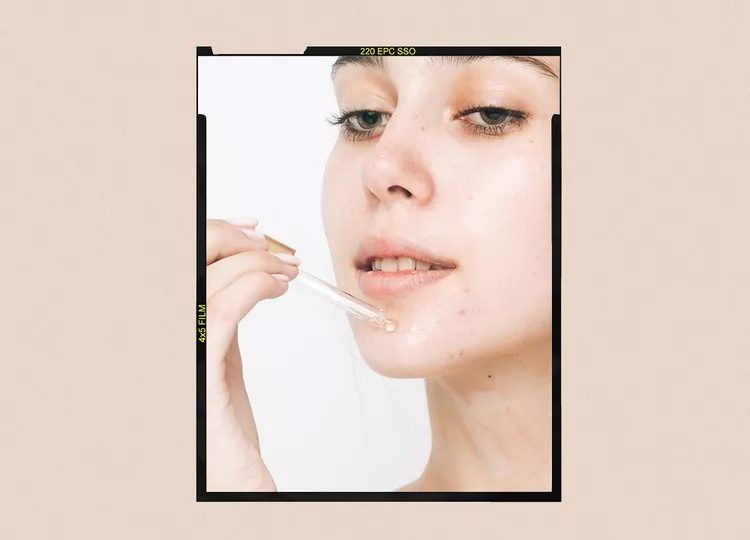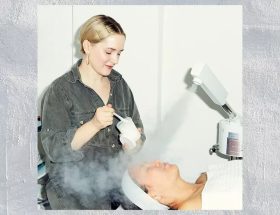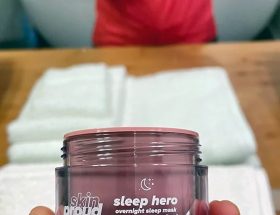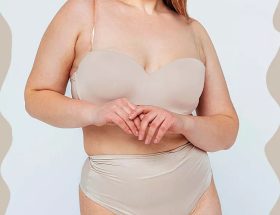How to Stop a Zit From Forming According to Derms
o, you woke up feeling as if a behemoth of a zit had formed somewhere on your face. But when you ran over to the mirror to look, there was nothing in sight. We’ve all been there—such is the reality of underground cystic zits.
And while we’ve all likely made the horrible decision to try to get hands-on with such a zit, we’ve also likely learned that that’s just about the worst thing you can do for your skin. After all, more often than not, those deep, often throbbing pimples will not pop to the surface from manipulation, meaning the only thing you’ll get out of squeezing is a whole lot of redness and an even longer recovery time. This ultimately begs the question: How can you stop a zit from forming? To find out, we chatted with three board-certified dermatologists for their top tips. Keep scrolling to commit them all to memory.
MEET THE EXPERT
Tina Alster, MD, is a Washington, D.C.–based board-certified dermatologist and the creator and co-founder of The A Method.
Michele Green, MD, is a board-certified dermatologist based in New York City.
Dendy Engelman, MD, is a board-certified dermatologist based in New York City. She is a member of Byrdie’s Beauty & Wellness Review Board.
01
Keep Your Skin Clean
If you feel a pimple coming on, the last thing you want to do is give it reason to fester any further. With that in mind, board-certified dermatologist Tina Alster, MD, says to keep your skin as clean as possible when trying to halt a zit in its path.
“Not only will this tip help to prevent those breakouts, it will also reduce the duration and severity of a breakout episode,” she explains. “So, if you feel a zit forming, you will want to make sure you are properly cleansing your skin. Remember, it’s never too late to start!” With that in mind, she recommends using a cleanser formulated with glycolic, salicylic, and/or lactic acids (like Cetaphil’s new Gentle Clear Clarifying Acne Cream Cleanser, $9.99), which she says will not only help to clean the skin but also keep pores clear of cellular debris.
02
Wear a Clean Mask
“With ongoing mask mandates, our faces can become a breeding ground for bacteria,” says Alster. “Maskne (mask-induced acne) can not only produce a sudden outbreak on the surface but also spawn those zits that develop in deeper layers of the skin.” The reason being that dead skin cells, surface bacteria, and sweat get trapped under the mask, as well as within its fibers. So if you are a repeat wearer, you could be unintentionally exposing your skin to acne-causing bacteria. In other words, convenient as it may be, Alster says to always reach for a new, clean mask.
FEATURED VIDEO
DIY Sugar Scrub Recipe
03
Whatever You Do… Don’t Touch Your Face
It’s not just about trying to avoid popping a pimple—it’s about not touching your face at all. After all, even with hand sanitizer almost always in reach these days, bacteria still lives on your fingers and hands, and touching your face is the quickest way to accidentally transfer it.
But, while we’re on the topic of touching, just in case you aren’t fully convinced not to try your hand at popping, board-certified dermatologist Michele Green, MD, has a word of warning.
“Popping a pimple is never a good idea, but even less so when the pimple has not yet come to a head,” she explains. “Because the pimple does not have a channel connecting it directly to the surface of the skin, the sebum, dead skin cells, and debris trapped inside the skin cannot be successfully extracted yet.” As a result, picking and attempting to pop can force that debris to swell under the surface, which can potentially lead to an infection, not to mention permanent scarring. So, again, hands off!
04
Control the Inflammation
Cystic zits are known for their throbbing, swollen nature—even when there’s no head in sight. And it’s because of those uncomfortable side effects that folks try to take matters into their own hands by popping. Instead, Green recommends applying a warm compress, which can encourage pores to open up, which will relieve some of the pressure. If you prefer cold temperatures, though, Alster says that applying ice can also help to relieve pain and irritation associated with angry, under-the-surface acne.
05
Balance Oil With Oil
Now this might sound counter-intuitive, but board-certified dermatologist Dendy Engelman, MD, says that applying a facial oil to the inflamed area can actually help soothe the spot. “Balance oil production and clear pores with Lord Jones Pore Detox CBD Face Oil ($68),” she recommends. “This is an incredible hydrating CBD facial oil that helps clarify skin by balancing sebum (oil) production and soothing redness with blue tansy, tea tree oil, and niaouli oil. I recommend incorporating it into your regular skincare routine to improve skin tone over time, but it also works great for spot treating.”










